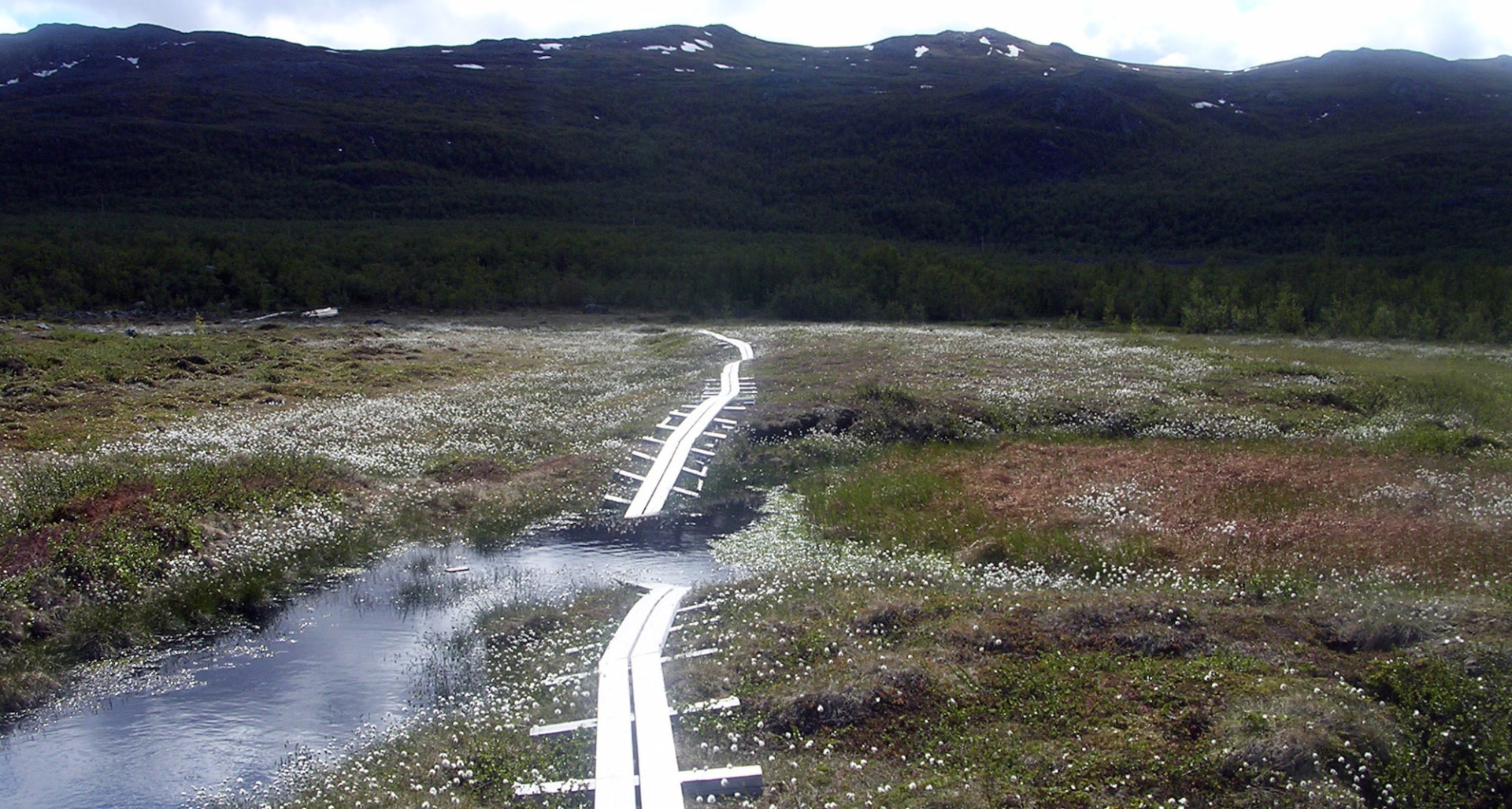
A footbridge has broken due to permafrost thaw at the study site in Sweden. Photo by Patrick Crill
Colorado State University is one of 14 universities from around the globe that have collectively been awarded $12.5 million by the National Science Foundation to launch a new Biology Integration Institute called EMERGE. It will focus on better understanding ecosystem and climate interactions — such as the thawing of the Arctic permafrost — and how they can alter everything from the landscape to greenhouse gases.
EMERGE, which stands for “EMergent Ecosystem Response to ChanGE,” is a five-year project that will concentrate on discovering how the processes that sustain life and enable biological innovation operate and interact — from molecules and cells to species and ecosystems — under dynamically changing conditions. The end result will be a new “genes-to-ecosystems-to-genes” framework to create models that could help predict ecosystem response to change.
The research will be done in Stordalen Mire, a long-studied peatland in northern Sweden where permafrost thaw drives changes in the landscape, plants and microbes. The institute, launching in September, will also have a strong training, education and outreach component and will involve biologists at the postdoctoral, graduate and undergraduate levels.
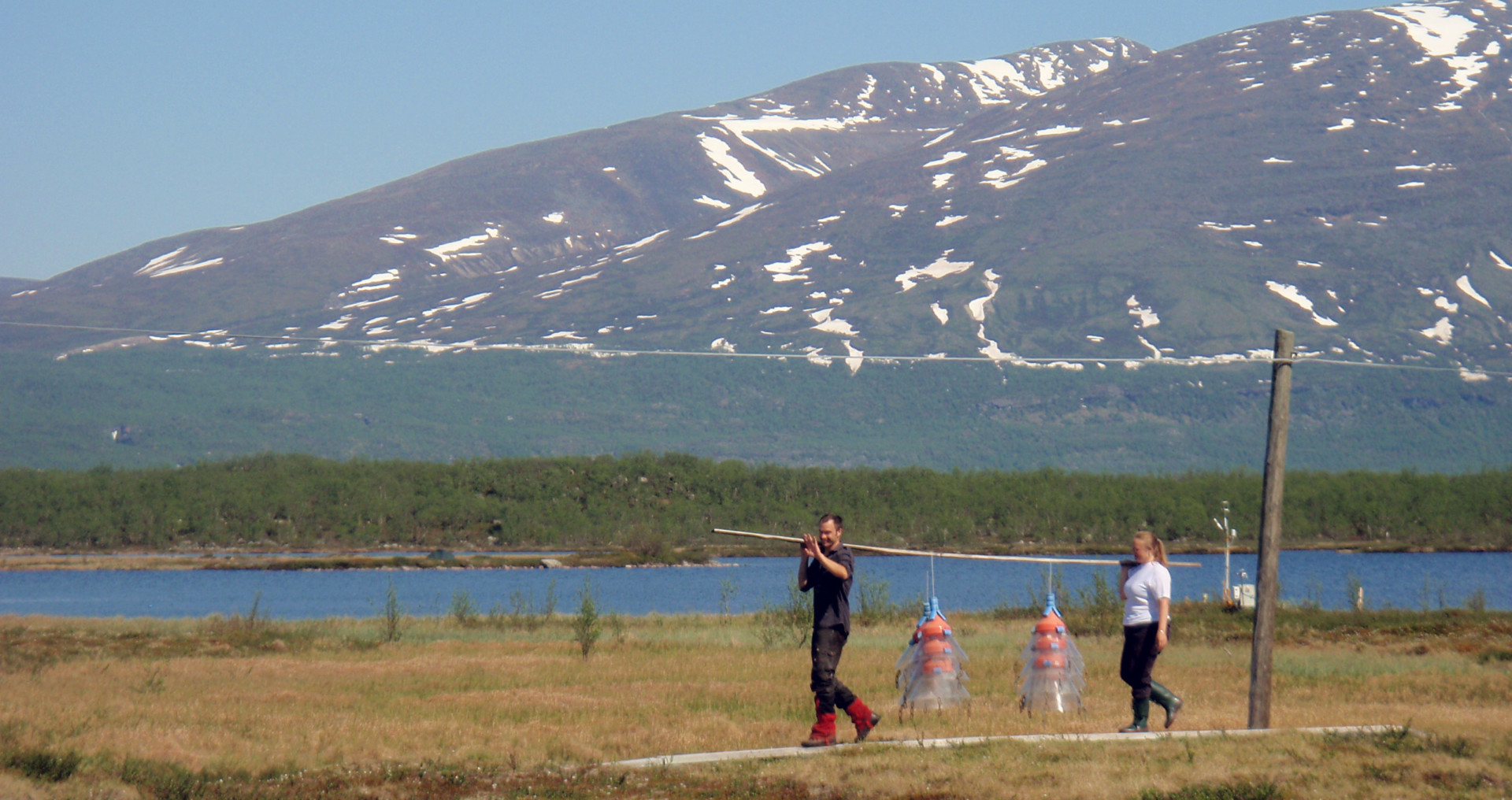
Scientists at the long-studied peatland Stordalen Mire. Photo by Patrick Crill
The project will be led by Ohio State University researchers and consist of a team of 33 scientists representing 15 specialties. The partnership brings together expertise inside and outside of biology, such as ecology and evolution, organismal biology, team science, and modeling and computational science.
CSU role
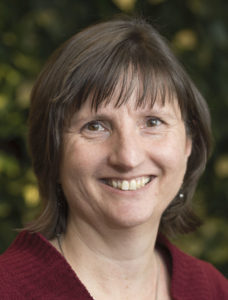
Jeni Cross, a professor in CSU’s Department of Sociology, and Kelly Wrighton, an associate professor in the Department of Soil and Crop Sciences, are co-principal investigators on the project. Cross and her colleagues in the Institute for Research in the Social Sciences will provide facilitation and team science training for the large team, helping the various scientists from different fields communicate and work together effectively.
Wrighton is a soil microbiologist who will study the microbes at the site during summer, specifically examining the methane they emit when the permafrost thaws and provides the microbes with the carbon and water they need to thrive.
“When microbes get carbon and water, you’re basically opening up the donut store,” Wrighton said with a laugh.
“It’s like a giant feeding frenzy,” Cross added, explaining that the more the permafrost warms, the more the atmosphere warms due to the microbes’ emissions. “Climate change is accelerating faster than what we had modeled 10 years ago.”
While Wrighton will be looking at the small-scale processes that contribute greenhouse gases to global warming, other scientists who look at climate change at a larger scale will be examining the big-picture effects of Wrighton’s work. The goal is to identify key predictors of methane and other greenhouse gases to create models that can be applied to other areas of the globe.
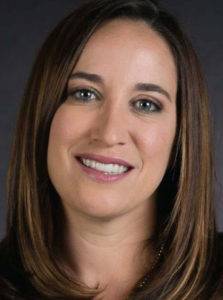
“I think it’s going to be a really neat melding of the disciplines,” said Wrighton, who came to CSU from Ohio State in 2018 and has worked with some of the researchers there. “I was really excited to be invited to be on this team; this is the ‘who’s who’ of scientific research on permafrost. Everyone coming to the table is really looking forward to having this conversation.”
‘Pressing societal need’
Other team members agreed that the team will be doing important work.
“Being able to predict how ecosystems respond to climate change is a pressing societal need,” said Ruth Varner, professor of biogeochemistry at the University of New Hampshire and co-director for EMERGE. “We have assembled a large interdisciplinary team to tackle the complex research questions that face our world today, like whether thawing permafrost could increase emissions of the greenhouse gas methane and actually further accelerate climate change.”
“Ecosystems respond to changing conditions, like a new agricultural practice or changing rainfall patterns, in a way that is greater than the sum of the responses of individual parts,” added Virginia Rich, associate professor of microbiology at Ohio State and co-director for EMERGE. “To address this challenge head on, our team will pull cutting-edge ideas and methods from across biology and beyond into a unified vision for seeing what each discipline, alone, cannot — piecing back together the forest from the trees, if you will. It is incredibly exciting.”
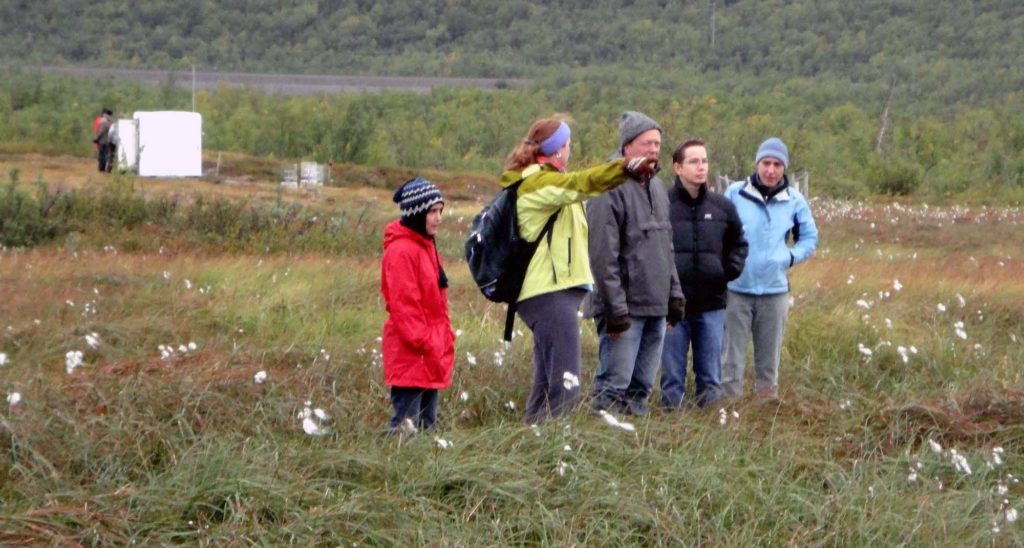
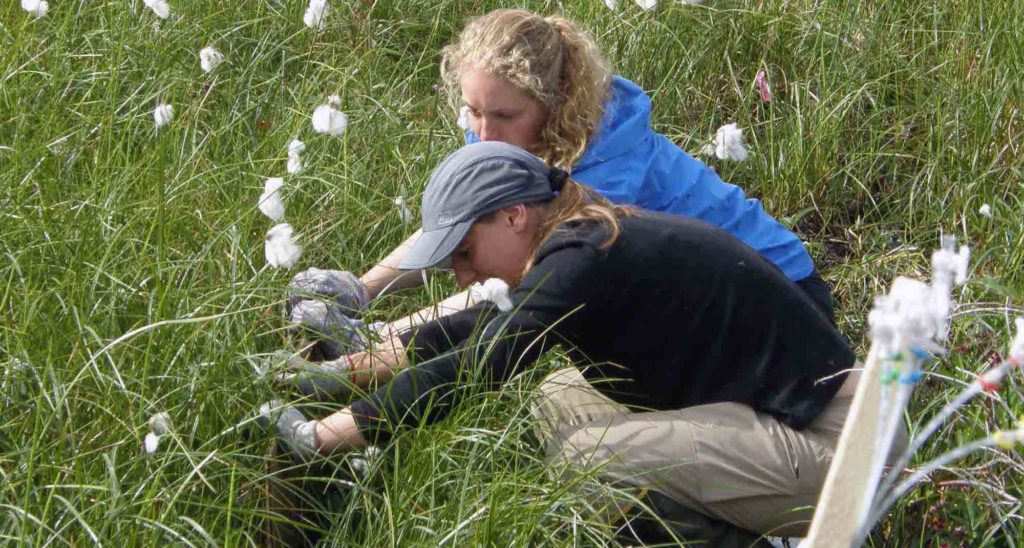
Wrighton has worked with some of the researchers before and will be visiting the site during the summers. Photo by Patrick Crill
In addition to CSU, UNH and Ohio State, participating universities include the University of Arizona, Florida State University, Case Western Reserve University, University of California at Berkeley, Rochester Institute of Technology, Lawrence Berkeley National Laboratory and Joint Genome Institute, all in the United States; Lund University, Umeå University and Stockholm University, all in Sweden; and Queensland University of Technology in Australia.
The Department of Sociology is in CSU’s College of Liberal Arts. The Department of Soil and Crop Sciences is part of CSU’s College of Agricultural Sciences.